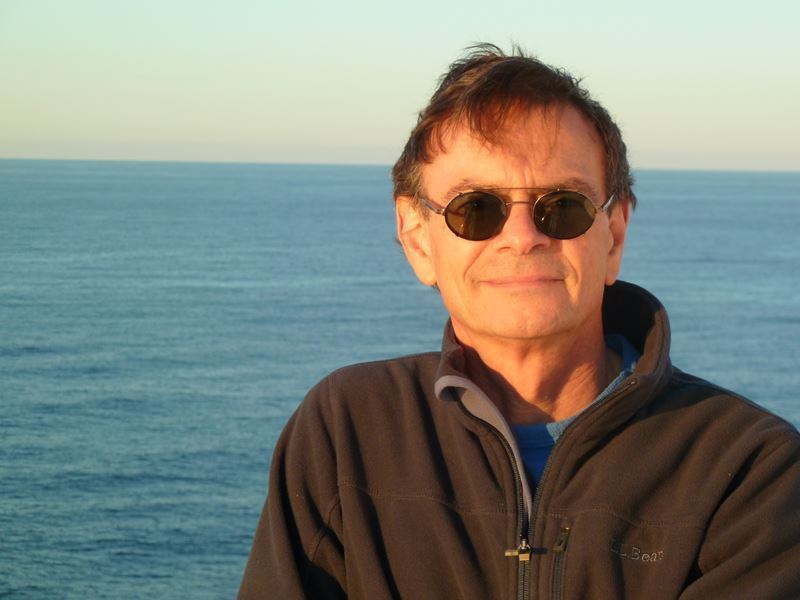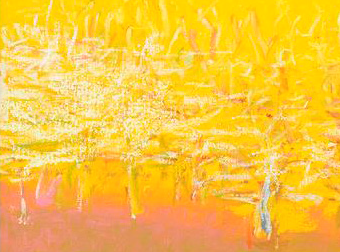“The death of hope is the death of all generous impulses in me. It is the end of all possibilities, options, inquiries, renewals of redemption. . . . Where, under which sky, would we be if we were deserted by hope?… Created in the image of [God] who has no image, it is incumbent upon our contemporaries to invoke and create hope where there is none. For just as only human beings can push me to despair, only they can help me vanquish it and call it hope.”
—Elie Wiesel (Inaugural May Smith Lecture on Post-Holocaust Christian/Jewish Dialogue, Florida Atlantic University, March 10, 2003)
Several years ago, The Forward asked a diverse group of 21 rabbis, “Is there such a thing as Jewish values?” Some denied that there were any uniquely Jewish values, others argued that while our values may not be unique, we implement or conceptualize them in distinctly Jewish ways. Still others identified core values such as creation in the image of God, Tikkun Olam, Teshuvah, Jewish law, the centrality of Israel, Jewish peoplehood, and so forth. Only one rabbi mentioned hope. (In 2021, in the midst of the COVID-19 pandemic, The Wexner Foundation sponsored ten educational sessions on “Leading with Hope” as part of its “Leadership and Torah” series. Perhaps programming of this kind indicates that in these trying times the appreciation of hope as Jewish value has spread!)
I would like to argue for the centrality of hope as a core Jewish value and then consider the value of hope from the perspective of leadership.
First a word about hope itself. In my view, hope fuels the capacity to envision the future we want and supplies us with the energy to build it – no matter how long it takes. In contrast to optimism, the tendency to merely forecast positive outcomes, hope involves the ongoing struggle to bring those outcomes about.
In terms of our inner life as individuals, acting in hope comes to the fore in the process of Teshuvah – working to change ourselves for the better. When Moses wants to know God’s name, God replies, Ehyeh-Asher-Ehyeh, “I will be what I will be,” (Exodus 3:14). This means that God is not static, but dynamic, changing, evolving. Like God, in whose image we are created, we, too, are not limited by the past or present. We can change. Teshuvah requires effort and honesty, but it starts with the hope that change is really possible.
Hope supplies the vision and energy not just to improve ourselves, but to repair the world. Without hope, we remain passive, resigned to accepting the world as it is, giving voice to one of the Bible’s most deeply pessimistic verses: “That which is crooked cannot be made straight [l’tkon],” (Ecclesiastes 1:15). Ironically, a good case can be made that the rabbis of the Mishnah had this verse in mind when they coined the phrase Tikkun ha-Olam. They used the expression primarily in the context of straightening out what they perceived to be flaws in the laws of divorce. Those flaws allowed a husband to divorce his wife and then take actions that would deny his former wife of any hope of being able to remarry (Gittin 4:2-3). Our commitment to the value of Tikkun Olam rests on ancient rabbinic legal traditions committed to amending unjust laws and to choosing action over passivity, hope over despair.
Many of the rabbis in the aforementioned survey referred in one way or another to the value of Jewish law, halakhah. Yet for David Hartman, even the concept of Jewish law cannot be separated from hope. Indeed, Hartman introduced the notion of halakhic hope.
“Halakhic hope liberates action, for it provides a means by which to overcome the paralysis of dejection. Where our outlook is thoroughly hopeless, notions like progress and duty become meaningless, and our capacity to act is severely impaired. A prospect of attainment, on the other hand, helps generate the strength required to act. Expectancy that something new and good may occur often creates the very impetus necessary to implement one’s goals…. The hope of Sinai need not be fueled by romantic dreams; it can be nurtured by feelings of adequacy to bear the responsibility of becoming a spiritual person. The very giving of commandments is a source of confidence. The Torah, the eternal command, binds hope, indeed optimism, into its essential gesture of mutual obligation,” (David Hartman, From Defender to Critic, 128, 150).
For Hartman, we live out the values of Torah and Jewish law, not just because we are commanded to do so, but because we hope doing so will ultimately allow us to “bring about our own redemption” and create a more just world.
Turning to the value of hope from the perspective of leadership, let’s consider the conclusions of a modern classic, Resonant Leadership. This study analyzes the kind of leader who connects deeply with his or her company (or team, synagogue, organization, family,) and motivates the group to continually strive for lofty goals, and more often than not, to reach them. This kind of leadership rests on three values: mindfulness (attunement to one’s inner and outer worlds), compassion (empathy in action,) and hope (an emotional state accompanied by clear thoughts about what the future can be and how to get there).
“The overall positive emotional tone crafted by resonant leaders is characterized by a sense of hope. That is why it feels exciting and often fun to be with resonant leaders and part of their organizations. In these settings, people do not necessarily feel happy or satisfied all the time, but they are challenged and feel hopeful about the future. They are more open-minded, creative, interested in their work, and motivated to do whatever is needed to accomplish individual and group goals,” (Richard Boyatiz and Anne McKee, Resonant Leadership, 150).
In addition to setting an emotional tone of hope, leaders must also model what pioneering hope researcher C. R. Snyder called, “pathways thinking;” the ability to develop a succession of strategies to reach a goal when facing setbacks or failure. Critically, this requires the humility to admit failure, a quality some leaders lack entirely. By contrast, consider God’s hope to create a moral human society for the best lesson in acknowledging failure and trying new strategies. The first approach with Adam and Eve ended with the Flood. The second attempt with Noah’s family concluded with the Tower of Babel. For the third try, God called Abraham to undertake a spiritual journey in the hope that it would enable him to transmit righteousness and justice to his descendants and ultimately to the rest of humanity. While still a work in progress, the third strategy may yet bear fruit!
Which brings us to my last point about leadership and hope: fulfilling Judaism’s greatest hopes will remain a work in progress for a long, long time. The words of Irving Greenberg (one of my Wexner teachers in the early 1990’s) about the nature and scale of these hopes make this perfectly clear:
“The Jewish religion is founded on the divine assurance and human belief that the world will be perfected. Life will triumph over its enemies—war, oppression, hunger, poverty, sickness, death. . . . In offering hope of perfection, the Jewish tradition takes the countervailing evidence fully into account. . . . The party of hope fully admits the possibility of defeat but does not yield the dream. Rather it offers a method to make the dream come true,” (Irving Greenberg, The Jewish Way, 18, 154).
Those of us who have been privileged to serve as Jewish leaders in our generation must raise up tomorrow’s leaders who will steer Judaism’s party of hope down the rocky road that lies ahead. Rabbi Tarfon might have put it this way: “it is not for us to finish the task,” but we must inspire those who will succeed us with sufficient hope to keep trying.

Photos provided by the author
Get To Know The Author
WHP Alum David Arnow (NY/Kekst), a psychologist, is the author most recently of Choosing Hope: The Heritage of Judaism published by the Jewish Publication Society in 2022. Previous works include of Creating Lively Passover Seders, My People’s Passover Haggadah (co-editor) and Leadership in the Bible (co-author).

